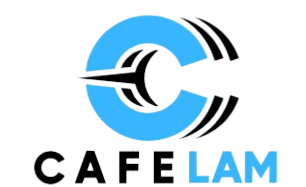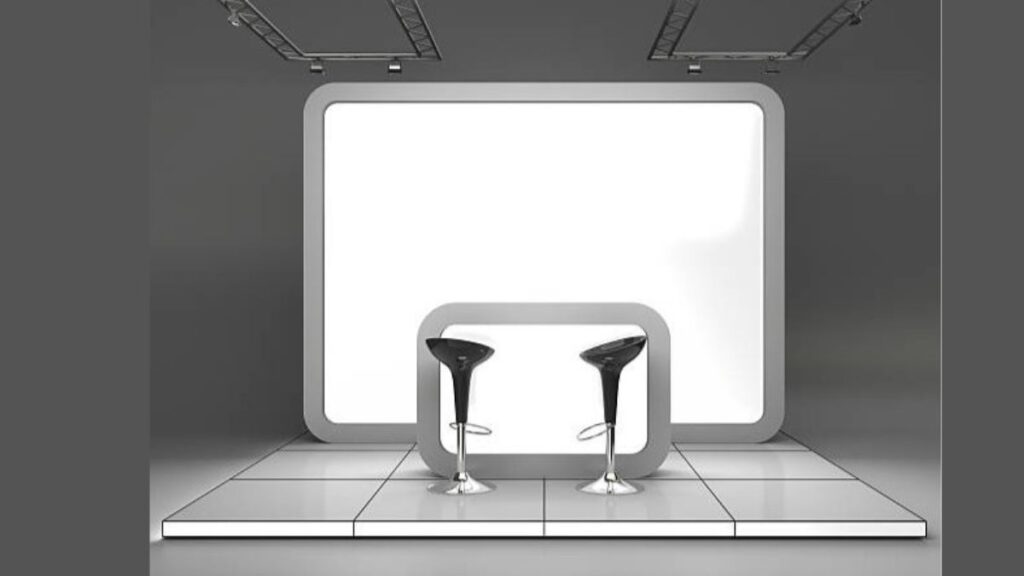Trade shows still hold a unique place in B2B marketing because they let teams meet, demo products, and gather leads in real life. For many companies, a 10 x 20 booth offers the right mix of eye-catching presence and budget-friendly flexibility. Planned well, that small footprint can produce results that seem much bigger.
This step-by-step guide covers everything you need to build a booth that turns casual visitors into warm prospects, whether this is your first show or you’re preparing for a packed calendar ahead. If a future 20 x 30 rental is on your radar, nailing a solid 10 x 20 setup now will teach you lessons and prove ROI that make bigger moves feel safer later.
Define Your Objectives and Align Your Booth Strategy
Before sketching graphics or booking electricity, sit down as a team and ask: What do we really want from this show? Brand awareness? Qualified leads? Meetings booked for the quarter? Nail those answers, and you can design every detail-from layout to giveaways-so it all pulls in the same direction.
Most businesses enter trade shows with the same handful of goals:
- Collect good leads
- Introduce a new product or service
- Build status as a thought leader
- Find new channel partners
. When you set these goals in advance, designing the booth becomes much easier. For example, a lead-focused display should include fast badge scanners, data forms, and a few traffic magnets like touch-screen quizzes. On the other hand, a brand-awareness push needs bold graphics, looping videos, and eye-catching banners that tell your story at a glance. Early planning also lays the groundwork for a future upgrade to a larger 20×30 booth rental—a space that can hold deeper messaging and mini-micro-zones for hands-on demos.
Establish clear pathways so visitors naturally drift through your space, stop for a chat, and leave feeling energized rather than herded. Arrange counters, seating, and displays at angles, not straight lines, to trick the eye into thinking the booth is bigger than it really is. A small 10×20 area can easily outshine a sprawling exhibit that forces guests to fight their way in.
Effective space planning tips:
- Split the booth into clear zones: welcome desk, demo area, and private talk spot.
- Pick modular stands and lightweight furniture so the setup can change easily.
- Use tall banners and overhead signs to pull eyes upward and keep your brand front and center.
- Place the main message above waist level so it stays visible even in dense crowds.
Having obvious entry points and a smooth path invites visitors to step inside, browse, and linger longer. Leave extra chairs and flashy graphics at home—simple, tidy design keeps their attention on what matters.
If youre renting a 20×30 booth for the next show, this planning gets even more crucial. A smaller 10×20 space is a low-cost test bed where you can learn what your market loves most.
Focus on Branding and Messaging That Stands Out
A booth that converts does more than look sharp; it shares a clear story. Steady branding and well-placed copy link with visitors and nudge them toward the next step.
Your booth should tell visitors three simple things, right away:
- Who you are,
- What you offer,
- Why does it matter to them?
Pick a clean color scheme, use sharp images, and make sure the words match your latest marketing push. Let the same message show up on banners, screens, handouts, and even the shirts your team wears.
Key visual branding pieces are:
- A big backdrop with your logo and a strong tagline.
- Soft, angled lights that make products or key spots pop.
- Floor stickers or small hanging signs that walk guests through your story.
When you’re ready to grow, switching to a 20×30 trade show booth rental gives extra space for video walls, meeting nooks, and hands-on demos—but solid branding starts even in the smaller setups.
Use Tech and Playful Gadgets to Pull in Leads
Today’s show-goers want more than posters and flyers. Touch screens, quick games, or simple scan-to-enter forms turn a good booth into a fun stop, and they can double the number of leads you collect.
Smart tech you can squeeze into a 10 x 20 trade show booth includes:
- Touchscreen demo stations.
- Augmented-reality brochures.
- QR codes for instant downloads or event sign-up.
- Digital prize wheels that turn learning into a game.
Train your staff not only to run these tools but also to spot serious leads and gather contact info fast. Set up a follow-up system before the show-using scheduled emails, reminder calls, or booking calendars-saves time and keeps the conversation moving.
When you expand to a 20 x 30 booth rental, these ideas scale easily: more space for interactive displays, private meeting pods, and bigger gamified zones.
Nail the Logistics: Setup, Staffing, and Post-Show Strategy
Execution really matters. An eye-popping design won’t impress anyone if cables are tangled or the team is confused. Your logistics plan should map out delivery times, booth assembly, lead tracking, and quick teardown, so every minute on the show floor works hard for you.
Checklist for Smooth Execution
- Confirm when your booth will arrive and how on-site team members will move it in.
- Test every piece of tech and A/V gear before packing.
- Set staff shifts, then share clear talking points and FAQs.
- Pack extras: chargers, signage, brochures, and any other materials.
- Plan your follow-up strategy before the event even starts.
Staffing becomes even more critical at a 10 x 20 booth. You want just enough people on the floor: a friendly greeter, a product expert, and a closer to guide each lead. Too many bodies crowd the space; too few let prospects slip away.
Think ahead a step. When you rent a 20 x 30 trade show booth, your logistics grow. Treat smaller shows as trial runs so you learn before tackling the bigger floor plan.
Bonus: Measuring Success Beyond the Event Floor
The show may end, but your work isn-t over. How you follow up-or don-t-will decide if that booth purchase ever pays off. Review the numbers against the goals you set, then adjust for your next event.
Metrics to Track After the Show
- How many qualified leads did we generate?
- How many engagements did we get per hour—broken down by foot traffic and by time spent at the booth?
- What was the conversion rate from badges we scanned or from QR codes people tapped?
- What is the ROI from the follow-ups we booked and the deals we closed?
Ask both staff and attendees for quick feedback on what went well and what didn’t. Their answers will help you fine-tune your playbook for future shows and decide whether it’s time to step up to a 20×30 trade show booth rental for bigger visibility.
Conclusion: Turn Your 10 x 20 Booth Into a Launchpad
For most B2B brands, a 10 x 20 trade show booth isn’t just a small space; it’s a test lab where you can connect, convert, and grow. Done right, it gives your team room to tweak messaging, train staff, and polish the entire event plan—without breaking the bank.
When you are ready to go bigger, that hands-on experience will set you up for a 20×30 trade show booth rental, armed with the numbers, insights, and confidence to drive even larger results.
Plan with a clear goal in mind, sketch a layout that keeps people moving, and keep audience interaction at the top of your to-do list. That fresh approach could kick off your best trade show yet.







